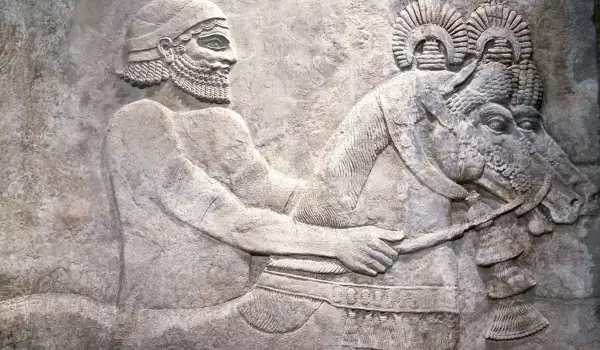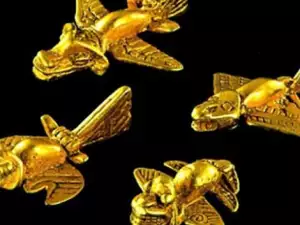One of the greatest enigmas, which has been puzzling us for thousands of years, has now been solved. The mysterious disappearance of a 50000-strong Persian army in an Egyptian desert in 524 B.C. was unriddled by Prof. Olaf Kaper from Leiden University in the Netherlands. He reached the conclusion that certain facts were kept hidden on purpose and thus found his way to the truth, writes Science Daily.
According to the ancient Greek historian Herodotus, the disappearance of so many people was caused by a sandstorm. He spoke of the Persian king Cambyses, who along with his soldiers stormed into the Egyptian desert near Thebes. The 50000-man army sunk into sand dunes and no one ever saw it again. This amazing story has been discussed by experts many times.
However, Prof. Kaper refused to believe Herodotus's tale. He explains that the archaeologists are looking for signs of the vanished army from the 19th century, expecting to find the remains of soldiers under the earth.
The Egyptologist is certain that there is no way for a sandstorm to cause the death of a person, much less swallow an entire army.
The scientist has a rather different explanation for what transpired. According to him, the army didn't vanish but was defeated.
"My research shows that the soldiers weren't simply crossing the desert, their final destination was the Dakhla Oasis. That's where the armies of the Egyptian rebel and future leader Petubastis III were also located.

He set a trap for Cambyses's soldiers and defeated his army. His victory allowed him to free Egypt from Persian invaders and become pharaoh in Memphis, " explains Kaper.
Most likely, the fate of Cambyses's army remained unknown because of Darius I, who crushed the Egyptian rebellion 2 years later. To cover up the shameful failure of his predecessor, Darius I made use of a lie.
Kaper discovered the truth completely by accident. He has been part of the archaeological digs at Dakhla Oasis for 10 years, but only this year did he decipher the entire list of titles of the pharaoh Petubastis III, which were carved into the rock of the ancient temple.
The Egyptologist proved that there was a mighty fortress in Dakhla at the onset of Persian rule. Once he gathered all the facts and connected the dots, the researcher solved the great mystery.









